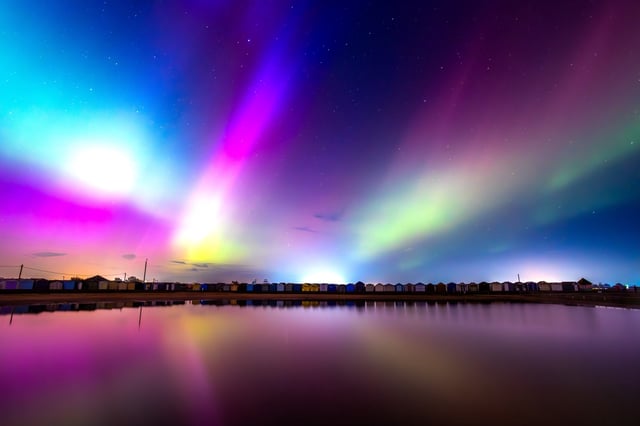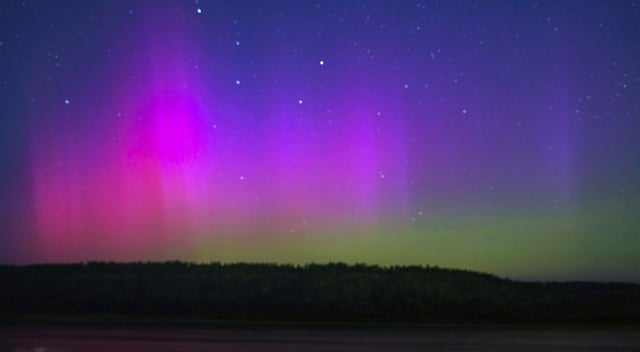Overview
- A Coronal Mass Ejection from an M8.1 flare on May 31 arrived late June 1 at speeds over 1,000 km/s, triggering a G4‐level storm
- NOAA’s Space Weather Prediction Center and NASA models indicate initial G3 conditions upon impact with a high probability of sustained G4 storming through June 2
- The storm threatens voltage control problems in high‐voltage transmission lines, increased drag and surface charging on satellites, and sporadic HF radio blackouts
- An S1‐minor solar radiation storm is underway, causing brief high‐latitude HF radio signal fades
- Space weather physicists say aurora borealis could be visible as far south as Alabama and northern California during peak storm activity



